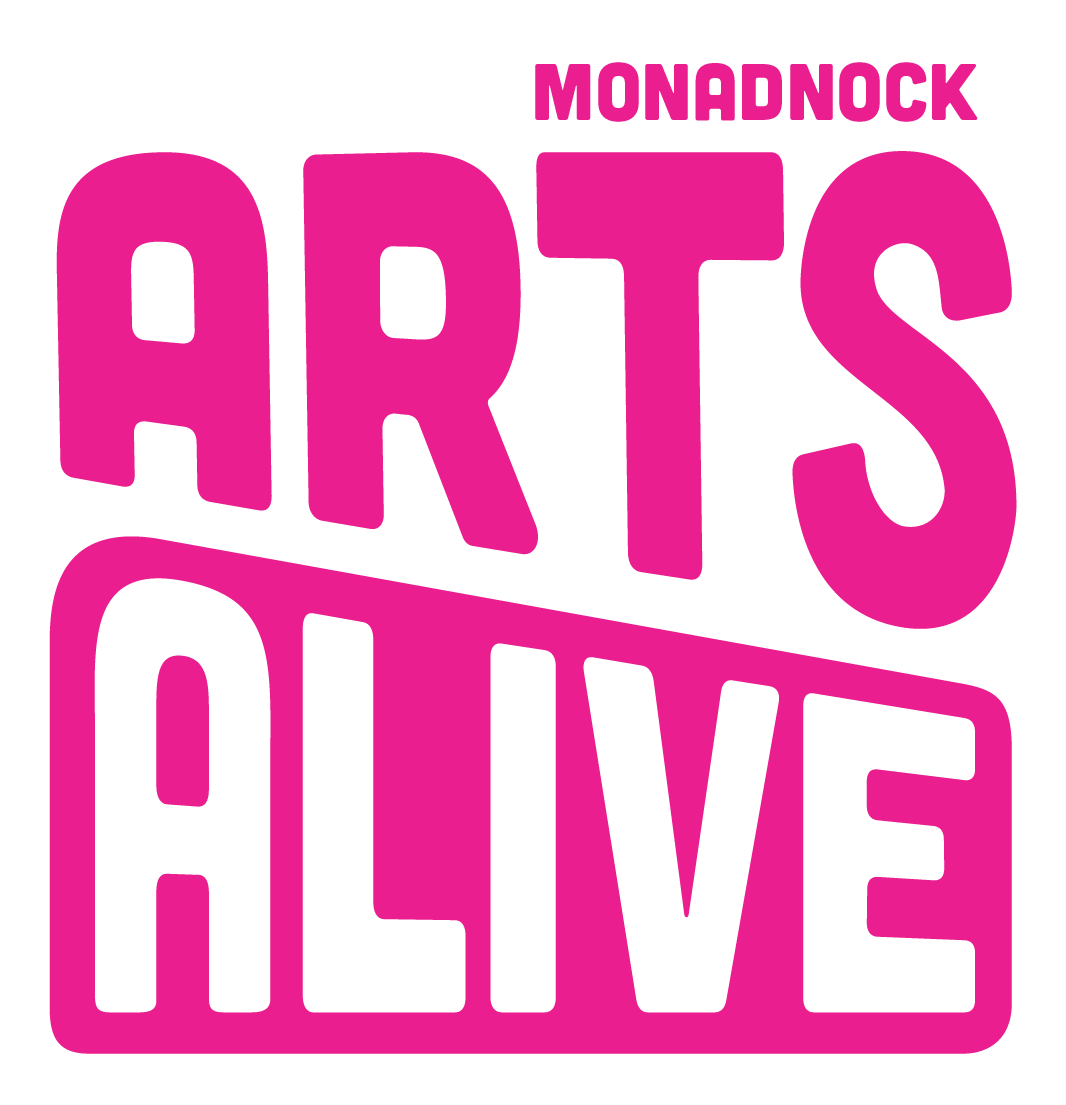by guest blogger Davis Jameson
Imagine transforming your artistic passion—be it music, painting, writing, or design—into a lucrative business that not only satisfies your soul but also fills your pockets. Sounds dreamy, right?
It’s completely attainable if you know the right steps to take. Arts Alive guides you through a series of crucial steps designed to help you successfully commercialize your creative skills:
#1 Understanding the Marketplace
First and foremost, a detailed study of the market is essential. Are people willing to pay for what you have to offer?
Investigate competitors, identify target customer groups, and find out what makes your offering special. For crafters and visual artists, one way is to visit arts markets and stores that sell products similar to yours. For musicians, check out and follow musicians similar to yourself - where are they booking, how are they advertising and what seems to be working for them?
You can also utilize online surveys or focus groups to delve into your potential clientele’s wants and needs. Even your town, county, or community Facebook page is a great way to collect comments and feedback - data collection can be formal, or community-based, depending where you think your market is. Either way, with a data-driven approach you can fine-tune your creative offerings.
#2 Equip Yourself with Entrepreneurial Knowledge
While natural talent and skills are crucial, having a grasp of basic business concepts is vital for running a profitable venture. Check out local resources, a short business course, or even an online certification to learn the ropes. The Monadnock region and surrounding areas offer several excellent resources, including the Hannah Grimes Center, NH State Council on the Arts, and Arts Alive. These organizations even occasionally offer grants to support your entrepreneurial dreams!
#3 The Blueprint of Success
Creating a realistic yet robust business plan can be likened to crafting a masterpiece; it requires thought, detail, and a splash of creativity. Your plan should cover everything from product development and pricing strategy to marketing plans and five-year financial forecasts. This document will serve as your business's guiding light to help you stay on course. It will also help you understand what you need to focus on - not just the fun stuff, it turns out. Business plans don't have to be big scary formal documents, try something like a business model canvas to get your feet wet and map things out.
#4 The Numbers Game
Before getting too deep into your hobby-to-business conversion, calculate the financial logistics. How much do you need to get started? What will be your running costs? Create a financial model that includes projections for income, expenses, and profitability. Make sure to include worst-case scenarios to ensure you’re prepared for any challenges that may arise.
Many local banks and town economic development offices offer entrepreneurship loans to help get you started. If you've got a great story, you can also try crowdfunding. The Local Source Monadnock is a great option to raise money from locals and build your reputation in the Monadnock region.
And while we’re talking about numbers - make sure you’re keeping all your receipts and writing down what each expense you have is for. That will be super helpful come tax time!
#5 Trust-Building Through Quality Content
Content marketing isn’t just a buzzword; it’s a necessity. Creating engaging and useful articles, videos, or social media posts related to your field will establish you as an authority. This authority brings trust and credibility to your brand, which can convert into increased sales. And its a great way to share your love for what you do and get folks in your target market excited about it. A plethora of online resources are available to guide you if you’re unfamiliar with content marketing strategies!
#6 The Target Demographics
Knowing who you’re selling to is as important as knowing what you’re selling. Your marketing strategies, product features, and even your business model will significantly benefit from a comprehensive understanding of your target demographics.
Are they young, tech-savvy individuals, or perhaps older art connoisseurs? Understanding your audience will help you communicate about and tailor your offerings with pinpoint accuracy. Online AI programs are becoming increasingly useful to generate text, ideas, and strategy to support your business goals, but you need to know who your audience is.
#7 Keeping Your Finger on the Pulse
Your chosen field, like all things, will evolve. The trends that are hot today may become stale tomorrow. Keeping up to date with what's going on in the arts and how others are navigating sales and income models will equip you to adapt to meet changing consumer behaviors and desires, thereby maintaining your relevancy and appeal.
#8 The Importance of Relationships
Venturing out on your own doesn’t mean you have to go it alone. Attend get togethers and conferences for arts professionals,, join online forums, and engage in community projects. A solid networking strategy will not only improve your knowledge but can also offer new opportunities through collaborations and partnerships!
It helps to have a goal in mind when you attend one of these events - I would like to meet a collaborator, I would like an introduction to a venue, I want to get three people excited about what I do enough so that they sign up for my email newsletter, I want to get at least one person to ask for a demo/youtube link/portfolio because they’re interested in working with me.
—
Armed with these eight critical steps, you are now ready to embark on the exciting journey from hobbyist to business owner. Taking your creative talents and turning them into a commercial enterprise requires a mix of artistry, business acumen, and strategic thinking. Navigate this challenging yet rewarding path, and witness your artistic endeavors flourish financially and creatively.
###
Image by master1305 on Freepik
